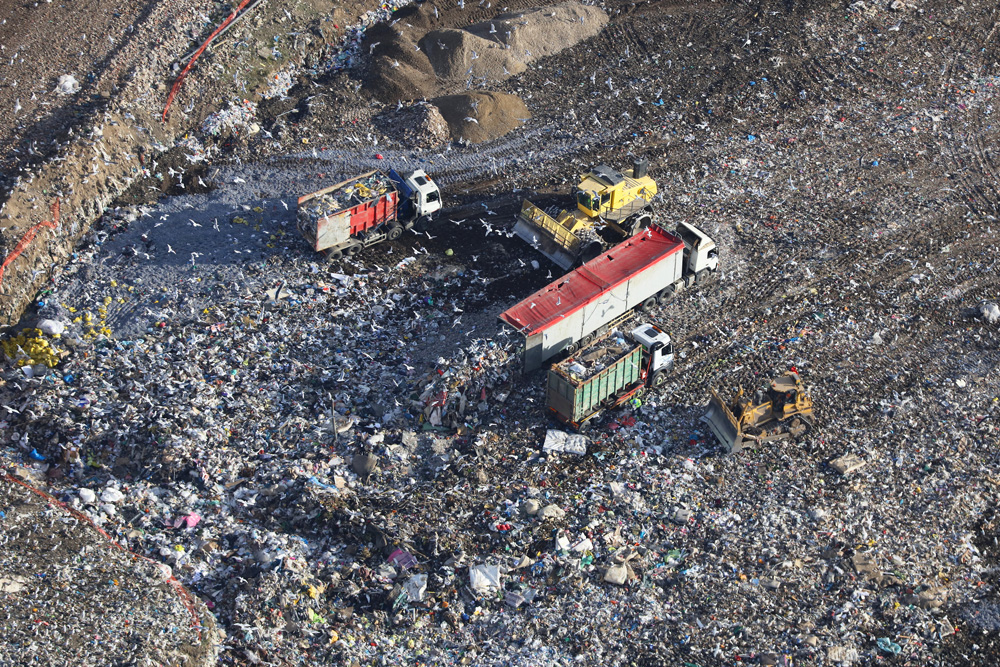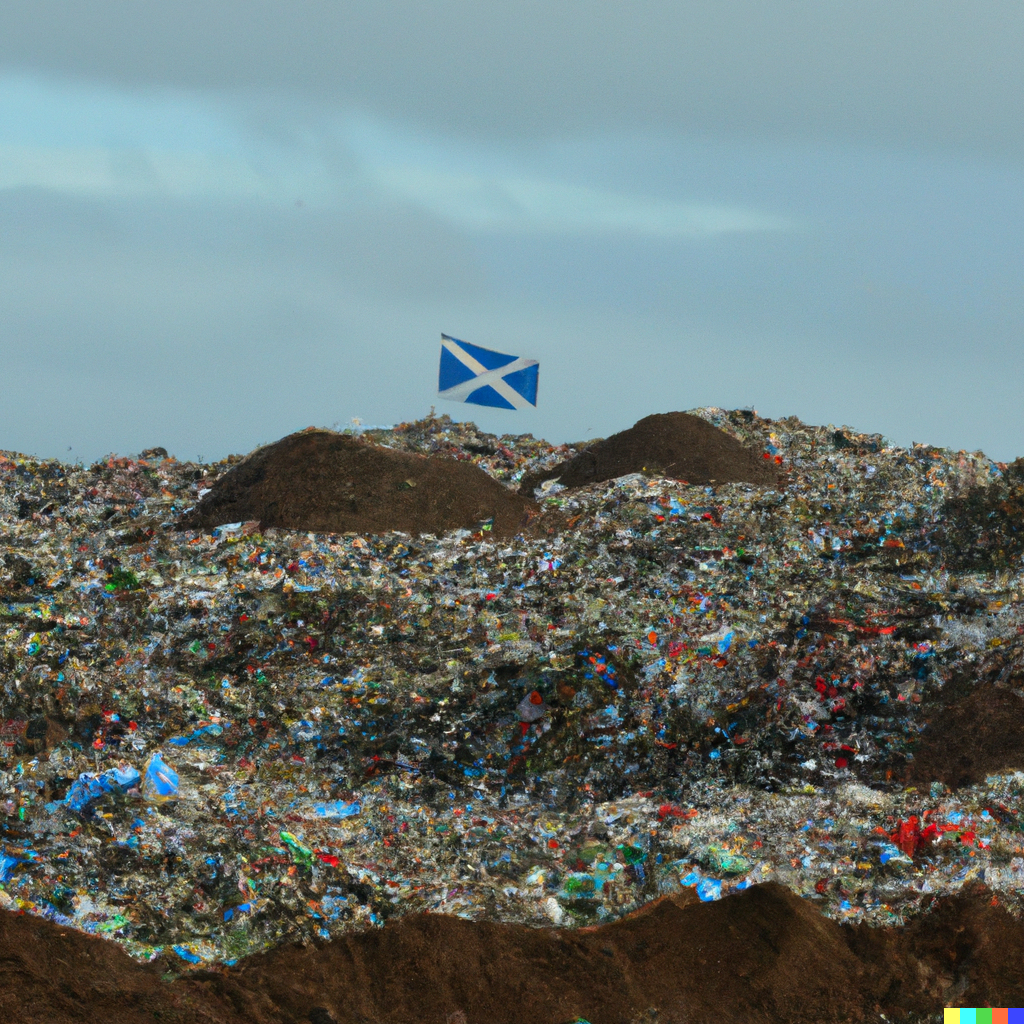In a report that went before HM treasury on the 15 February, the government said it accepted a recommendation from the Public Accounts Committee (PAC) to establish a firm date for unveiling fees for obligated companies under EPR.
Under EPR for packaging, all small and large obligated producers must pay a fee to the appropriate regulator of the pEPR scheme on registration.
Producers must have registered by 1 October 2023 but the regulators have agreed that they will not enforce this requirement until 31 May 2024.
Estimates
The report explained that Defra expects producers obligated as ‘large producers’ under EPR to be issued with an invoice for their first year’s fees “as soon after July 2025 as the scheme administrator has the processes in place to be able to do so”.
Final fees in £/tonne of packaging material placed on the market, can only be calculated after April 2025 which is the deadline for producers to report the amount of packaging placed on the market in 2024.
However, it is expected that Defra will be regularly publishing estimates (illustrative base fees).
These estimates are expected to be based in a first instance on data reported by producers for the year 2023. The process for subsequent years will need to be confirmed by the Scheme Administrator once established.
The first estimate for the amount local authorities will receive when EPR goes live in 2025/26 will therefore be provided in November 2024.
Recycling target
Elsewhere, in response to the PAC’s recommendation on achieving the government’s 2035 target of recycling 65% of household waste, the government outlined a “multi-layered approach”.
This approach compromises the comprehensive producer responsibility (CPR) program, alongside other policy areas such as the waste electrical and electronic equipment regulations and batteries regulations. Further consultations on waste electricals and a review of the batteries regulations are in progress.
The government also acknowledged that meeting the 65% municipal recycling rate by 2035 will require policies beyond CPR. Ongoing work includes developing waste and resource-related indicators in the Outcome Indicator Framework and refining the municipal recycling rate metric.











Subscribe for free